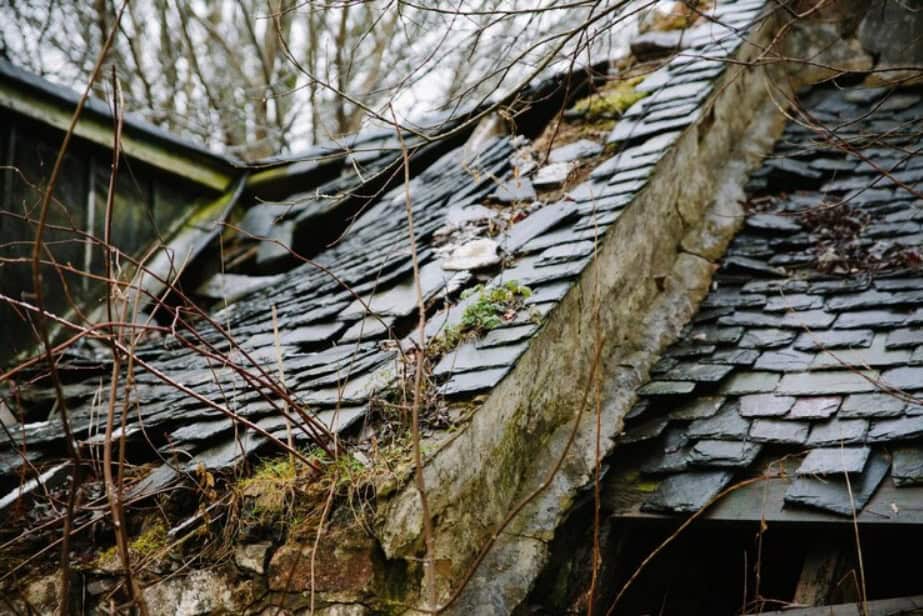Cincinnati sees its fair share of intense weather, especially during storm season. High winds, pounding rain, and the occasional hailstorm can put a major strain on your roof. While storms come and go quickly, the damage they leave behind can turn into ongoing headaches for homeowners. And if you’re not paying attention, those little problems can turn big and expensive fast.
Your roof is the first line of defense between your home and the elements, so it makes sense to keep it strong. If you want fewer surprises after the next big storm rolls through, getting ahead of damage is the way to go. The steps below will help you protect your roof, so you’re not caught off guard during Cincinnati’s next round of severe weather.
Regular Roof Inspections Help Catch Issues Early
You can’t fix what you don’t see, and that’s why regular inspections are key. Roofs age, materials wear out, and storms can loosen things up. By checking in on your roof consistently, you’re more likely to catch cracks, broken shingles, or weakened seams before they lead to leaks or structural damage. These issues may not be obvious from the ground, but a trained eye up close can spot them.
Professional roof inspections go beyond just glancing over the surface. An expert can find hidden signs of wear, like soft spots or failing flashing, and then recommend how to fix it before a heavy storm makes things worse. In a place like Cincinnati, where seasonal storms can hit hard, twice-a-year inspections are a smart plan.
Time your inspections wisely:
– Late spring or early summer: After winter has passed and before heavy summer storms begin
– Fall: Just before cold weather and snow arrive
If there’s been a strong wind event, don’t wait for the next scheduled visit. Have your roof checked promptly to make sure nothing got damaged. Consistent roof care takes the guesswork out of weather prep and gives you confidence that your home is ready for what’s next.
Keep Gutters Clear To Avoid Water Damage
Gutters might not seem like they have much to do with roof protection, but they actually play a big role. If your gutters are full of leaves, twigs, and other junk, they can’t do their job. Instead of directing water away from your roof and home, clogged gutters send it everywhere you don’t want it over the sides, under shingles, or straight into your siding and foundation.
Before a storm hits, that debris can back things up fast. In heavy rain, water builds up and can start wearing down roofing materials. Over time, constant runoff or pooling near the edge can cause rot, sagging, or even leaks.
To stay on top of your gutters:
– Clean them out every few months, especially during the fall
– Make sure downspouts are clear and aimed away from the house
– Look for any signs of rust, cracks, or separation from the roofline
– Consider installing gutter guards to cut down on future buildup
Even if your roof is in great condition, clogged gutters can undo all that protection in just one storm. Don’t let neglected cleanup work ruin your roof’s chances of holding strong when it matters most.
Reinforcing Roofing Materials Builds Extra Protection
Different roofing materials handle storms in different ways. Some can resist wind better, while others may take more of a hit from hail or flying debris. If your home has older shingles or lightweight materials, it might be time to think about upgrades designed to hold up against harsh weather. Reinforced roof systems with impact-rated components can make a big difference when storms roll through OH storm damage roof repair zones like Cincinnati.
Beyond choosing stronger materials, reinforcing key areas of the roof matters too. The edges, corners, and joints often take the most abuse during high winds. If these parts aren’t sealed up well or attached firmly, water can push its way in. Over time, that creates a perfect path for leaks. Professionals can anchor flashing, improve underlayment, and tighten down vulnerable spots to reduce the chance of problems later.
In some cases, homes that have already seen patchwork repairs or age-related wear might benefit from a more thorough overhaul. That doesn’t always mean a full replacement but does involve checking how everything is holding together. Reinforcement can be as simple as installing new fasteners, securing vent boots, or sealing exposed nails. Taking care of these ahead of storm season gives your roof a better shot at staying put when the weather gets rough.
Trim Trees To Prevent Impact Damage
Wind and rain aren’t the only threats during a storm. Trees play a big role too. Overgrown branches hanging above or near your roof can snap off during heavy wind, slamming into shingles or clogging gutters. That kind of impact can break materials, rip off flashing, and even open holes in your roof. Keeping limbs trimmed and trees well-maintained helps prevent all of that.
The area right above your roof should stay clear. One long branch that rubs or hangs too low might not look like a problem now but could easily scrape or slam into shingles during a storm. Leaves and twigs can also drop directly into the gutters, adding to the chance of drainage problems.
Here’s what you can do:
– Cut back tree limbs that reach over or too close to the roof line
– Remove weak or dead branches before they break on their own
– Watch for tree trunks leaning toward your home, as they may shift in wet soil
– If a tree looks unstable or too large for trimming, call a tree service for help
After one particularly windy autumn in Cincinnati, a homeowner noticed water dripping from their bathroom ceiling. Turns out, a cracked branch had come down during a storm and punched through the shingles. Damage like that could’ve been avoided with one good trimming in early fall.
Have An Emergency Plan Before Storms Hit
Storms don’t always give much warning, so having a backup plan ready is a smart move. It doesn’t need to be complicated just a few steps that help you respond quickly if your roof takes damage. The goal is to know what to do when time matters and the weather is still coming down hard.
Start by figuring out who to call in an emergency. Keep the contact information of a trusted roofing team written down somewhere easy to find. Don’t assume you’ll remember it during a power outage or when you’re scrambling to deal with water coming in.
It’s also worth keeping basic supplies around, like:
– A waterproof tarp and duct tape to cover exposed spots temporarily
– A flashlight with extra batteries
– A bucket or container to catch indoor leaks
– A permanent marker to note where water is entering
Don’t climb the roof yourself. Focus on staying safe and keeping damage from getting worse. After the weather clears, take photos of any damage and talk to your contractor right away.
Planning ahead means you’re not left guessing during the chaos. Cincinnati storms can roll in fast, and having a plan takes away the panic when your home needs quick attention.
Protect Your Roof, Protect Your Home
Rain, wind, debris, and falling limbs can take a toll on even a strong roof. But much of this damage can be avoided with the right steps. Regular roof inspections, clear gutters, strong materials, and trimmed trees all work together to give your roof a better shot at holding up when storms blow through Cincinnati.
Taking action now means fewer surprises later. You can’t stop the storms, but you can control how ready your roof is when they hit. A little preparation today helps make sure your home stays safe and dry tomorrow.
Preparing your roof ahead of storm season can make a big difference when severe weather strikes in Ohio. If you’re in Cincinnati and need reliable help to repair storm-related damage, our team is ready with expert support for OH storm damage roof repair. At Roofing For Troops, we’re here to help keep your home safe and secure.




